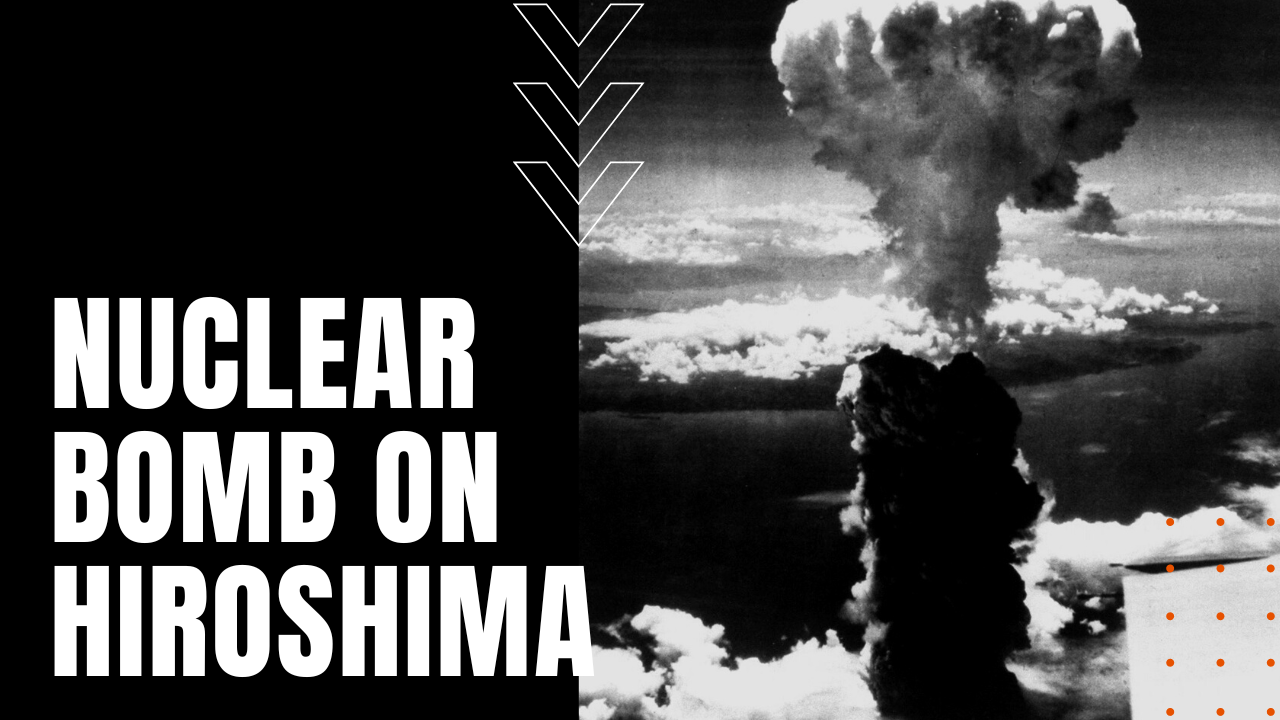Hiroshima: The Day the World Went Nuclear

In July of 1945, after the Allies’ defeat of Germany in Europe, physicists involved in America’s top secret Manhattan Project completed its first successful detonation of a plutonium nuclear bomb at the Trinity test site near Alamogordo New Mexico.
Japan Fights On
Japan, however, despite mounting evidence of her impending defeat, vowed to carry the fight to the bitter end in the Pacific, rejecting Allied demands for surrender as put forth in the Potsdam Declaration, which threatened Japanese leaders with “prompt and utter destruction,” should they opt to refuse.
Land Invasion Too Costly
In advance of a anticipated land invasion of the Empire of Japan, codenamed Operation Downfall—an invasion that would cost an estimated one million Allied lives—President Harry S. Truman decided over the moral reservations of Secretary of War Henry Stimson, that a nuclear bomb detonation over a Japanese city would end Japan’s belligerency once and for all. In response, war planners chose the city of Hiroshima, a manufacturing center some 500 miles west of Tokyo, with an estimated population of some 350,000 lives.
Little Boy Delivered and Dropped
After the 9,000-pound enriched uranium bomb codenamed Little Boy had been delivered to the Pacific island of Tinian and loaded aboard a modified B-29 christened Enola Gay—so named after the mother of its pilot, Colonel Paul Tibbets—on the morning of August 6th, 1945, Little Boy was dropped by parachute over Hiroshima, detonating at an altitude of 2,000 feet, instantly leveling one square mile of Hiroshima’s city center, while fires caused by the detonation destroyed another four square miles in the days to come.
Kills Upwards of 126,000
The first nuclear bomb dropped on humans detonated with the equivalent force of 15,000 tons of TNT, forming a mushroom cloud roughly 60,000-feet-tall, killing 80,000 to 126,000 people, while leaving many more thousands with burns and other life-threatening injuries. Birth defects and an array of cancers would plague local survivors for generations to come.
Nagasaki Bombed
After Japan’s continued belligerence, a second more complex plutonium 239 nuclear bomb codenamed Fat Boy was dropped on Nagasaki, killing an estimated 39,000 to 80,000 people, while many thousands more suffered the same catastrophic burns and injuries as the victims of Hiroshima. That same day, the Soviet Union declared war on Japan, leading to Japan’s surrender on August 15th, 1945, at the same time setting in motion a new form of geopolitical tension as Cold War superpowers developed nuclear arsenals under the the ongoing threat of mutually-assured destruction, making the day the world went nuclear, a seemingly irreversible turning point in the history of man’s ongoing inhumanity of war.
